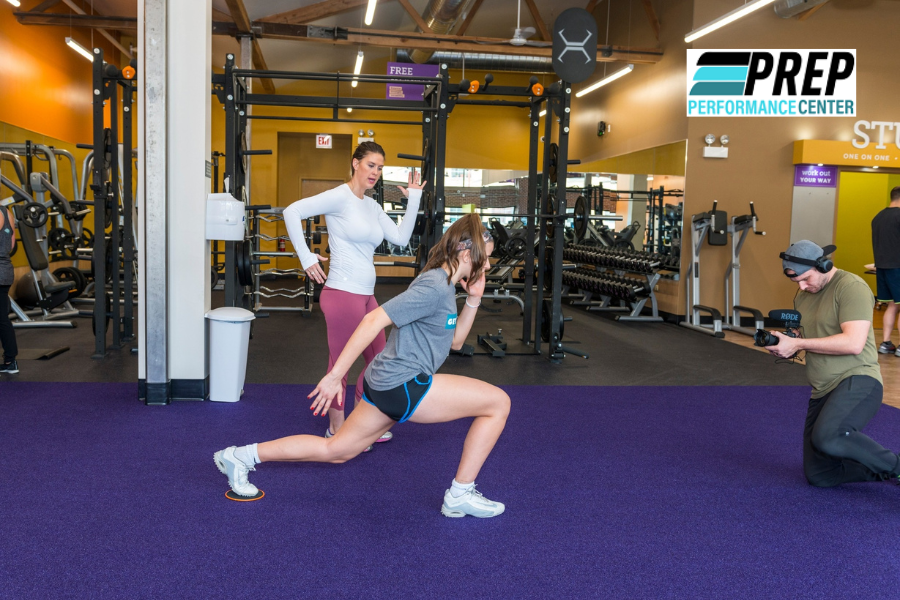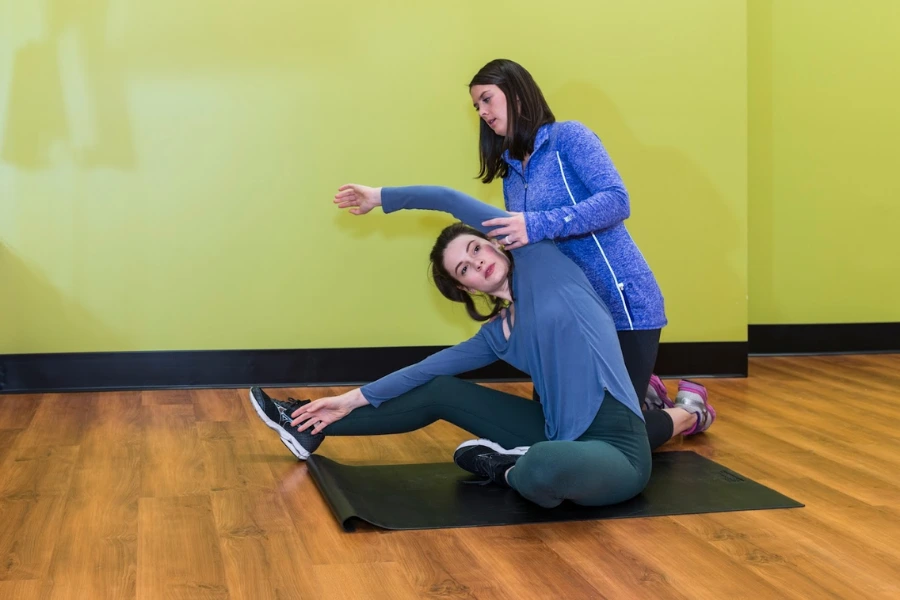On Field Progression – Why do we document everything else in our rehab but the most important stuff. We record …


On Field Progression – Why do we document everything else in our rehab but the most important stuff. We record …

Physical therapy goes beyond post-surgical care restoring strength, endurance, flexibility and stability to people who have been injured, are in pain, or have experienced an illness.